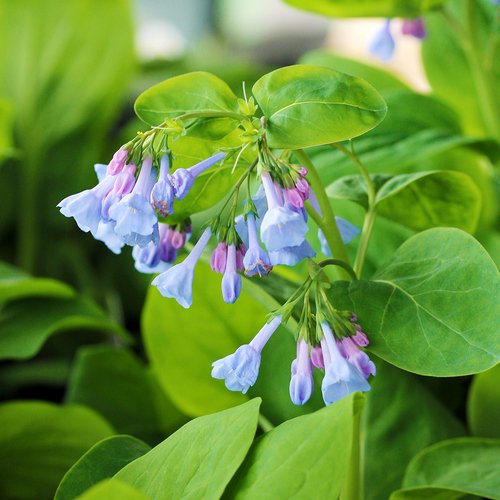How to Grow Virginia Bluebells Leave a comment
With regards to wildflowers, few are prettier or extra fascinating than Virginia bluebells (Mertensia virginica, Zones 3–8). These flowers are the sleeping beauties of the forest, mendacity dormant for many of the yr till the primary kiss of heat in spring. They emerge with purple foliage that turns to chill inexperienced as they develop. Brilliant pink buds seem only some weeks later and turn into pastel blue, trumpet-shaped flowers. At maturity, every plant can attain 18 to 24 inches tall and 12 to 18 inches extensive.
To not be confused with English bluebells (Hyacinthoides non-scripta, Zones 5–8) or Spanish bluebells (Hyacinthoides hispanica, Zones 3–8), Virginia bluebells are native to the japanese United States and Canada—spanning from New York to Minnesota as much as Ontario and Quebec and south from Kansas to Alabama. They’ve earned many widespread names throughout their vary, together with pink and blue women, Kentucky bluebells, Virginia cowslip, and Roanoke bells.
Though they’re perennials, Virginia bluebells are additionally ephemerals, that means they’re energetic for under a brief window in spring and go utterly dormant by early to mid-summer. They’ll emerge as early as late February or early March, relying on the local weather. Alongside different ephemerals like bloodroot (Sanguinaria canadensis, Zones 3–9) and wake robin (Trillium spp., Zones 3–7), these crops function early meals sources to kick-start ecosystems after an extended winter slumber. They’re visited by bumblebees, different long-tongued bees, hummingbird moths, and skipper butterflies.
Give them the best rising situations
Virginia bluebells thrive within the dappled shade of moist woodlands, typically close to rivers and streams, the place they slowly unfold to type monumental colonies. These resilient perennials are tailored to stay in forests. They aren’t deterred by fallen leaves and may push up by means of a number of inches of leaf litter. They’re additionally juglone tolerant, which makes them one of many few crops that may develop below black walnut timber (Juglans nigra, Zones 4–9).
They’ll thrive simply as simply in shade gardens, particularly ones with constantly moist soil. It’s a good suggestion to pair them with different shade-loving perennials that emerge later in spring, like hostas (Hosta spp. and cvs., Zones 3–9) or native deciduous ferns. These crops will then develop in and conceal any naked spots after the bluebells go dormant. Bluebells will also be planted with daffodils (Narcissus spp. and cvs., Zones 3–8) and different shade-tolerant bulbs that bloom across the similar time for a beautiful spring show.
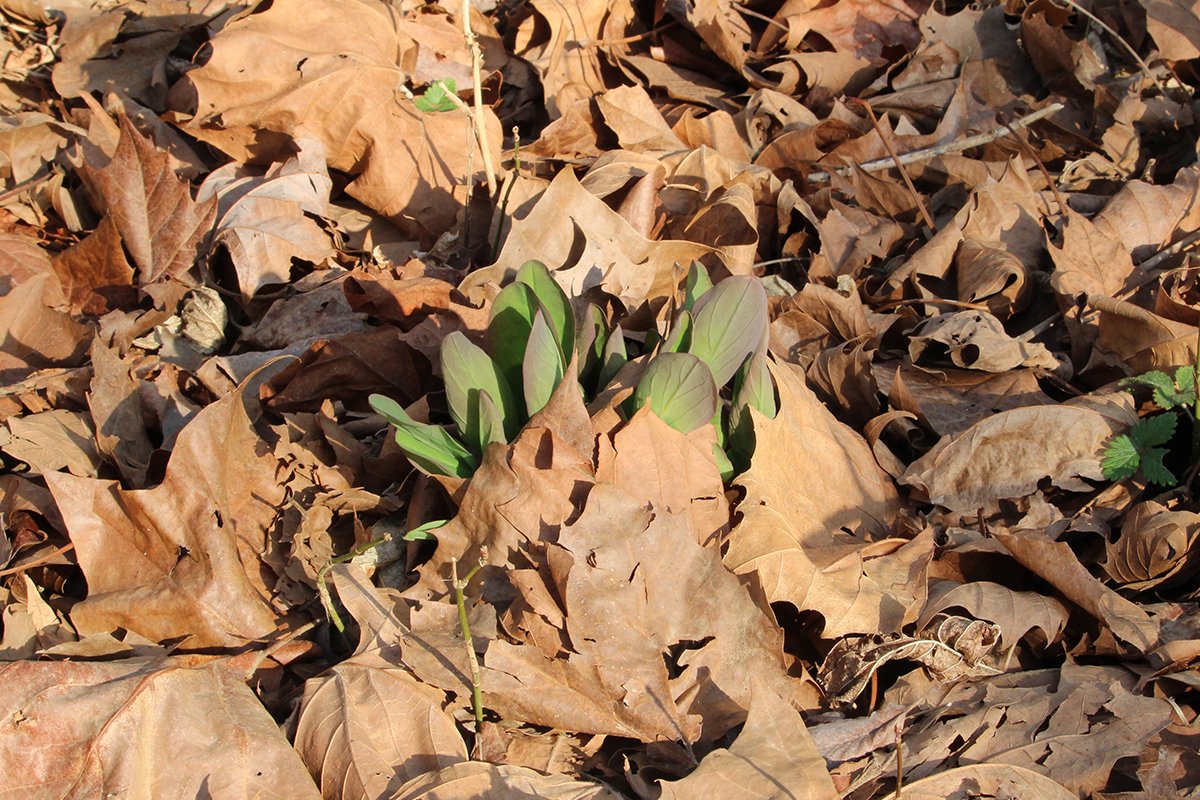
Plan your planting
Virginia bluebells are normally obtainable as naked roots and fewer typically as potted crops or seeds. In whichever type you acquire your bluebells, bear in mind to supply them responsibly; native crops ought to by no means be faraway from the wild.
Naked root crops come within the type of rhizomes and might be planted any time of yr if the soil is just not frozen. On this dormant state, the bluebells is not going to endure the identical transplant stress that they’d once they’re energetic. If you would like a formidable spring show, give them ample time to ascertain by planting in mid-fall or earlier.
In case your Virginia bluebells are energetic and rising, one of the best time to plant is as quickly as you get them. Even in late fall or early spring when there’s a threat of frost, perennials are higher off within the floor than they’re in a home. You possibly can cowl them in a single day to guard from frost with a sheet or a fast cloche made by slicing off the highest of a gallon milk jug. If the crops got here from a greenhouse, they might should be acclimated over the course of some days to per week earlier than planting them open air.
The seeds want a interval of chilly, moist stratification to germinate, so the best methodology is to sow them immediately open air in fall. It’s not perfect to start out them indoors, which might trigger them to be tender or induce transplant shock.
Care ideas: fertilizing, dividing, and slicing again

It might be tempting to fertilize your Virginia bluebells, however, like most native crops, they’re used to lean situations and require little to no fertilizing. Compost and decomposing mulch or leaf litter can present all of the natural vitamin wanted to maintain them blissful.
Don’t fear in case your Virginia bluebells seem to die in late spring or early summer season; that is regular for ephemerals. Whereas they die again above floor, the roots will keep alive till they emerge subsequent spring. Though yellowing leaves aren’t the prettiest sight, you’ll need to allow them to die or largely die earlier than slicing or pulling them off. This permits the plant to proceed to photosynthesize and retailer away sufficient vitality to final it till subsequent yr.
If wanted, Virginia bluebells might be fastidiously divided and transplanted when they’re utterly dormant. When you’re dividing, ensure to chop so that there’s at the very least one node on every bit of rhizome. It’s not really helpful to divide or transplant energetic bluebells, as a result of they resent root disturbance and can rapidly go into shock. Nevertheless, chances are you’ll discover that you simply don’t must divide them in any respect. Bluebells naturally unfold and, if given sufficient time, will reward your endurance with an attractive colony.

Discover extra early spring bloomers for the southeast:
Focus on this text or ask gardening questions with a regional gardening knowledgeable on the Gardening Solutions discussion board.
And for extra Southeast regional reviews, click on right here.
Cheyenne Wine is a author and gardener with expertise within the plant nursery trade. She at the moment helps promote conservation efforts by means of the Virginia Division of Conservation and Recreation.
Photographs, besides the place famous: Cheyenne Wine
High-quality Gardening Really useful Merchandise
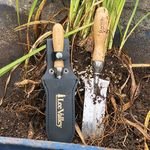
Lee Valley Backyard Knife
High-quality Gardening receives a fee for gadgets bought by means of hyperlinks on this website, together with Amazon Associates and different affiliate promoting packages.
These knives have a trowel-like blade with a pointy edge to allow you to use the identical software for digging, planting and slicing. The blade is sharpened on either side, with serrations on one edge to assist with slicing robust roots or dividing perennials. Deeply stamped markings on the blade (in 1/2″ and 5mm increments) provide help to set the right planting depth for seeds and bulbs.
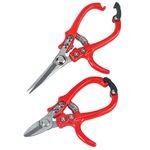
Lee Valley Mini Backyard Shear Set
High-quality Gardening receives a fee for gadgets bought by means of hyperlinks on this website, together with Amazon Associates and different affiliate promoting packages.
These shears have a particular finger relaxation that not solely aids grip however permits higher freedom of motion than a traditional deal with design. They’ve a sturdy powder-coat end to withstand rust and put on, and a easy clasp that locks the spring-action stainless-steel blades closed. The set contains one pair of round-nose shears measuring 5 1/2″ general with 1″ blades for slicing stems as much as 3/8″ in diameter, and one pair of 6 1/2″ needle-nose shears with 2″ fine-tip blades for exact work.
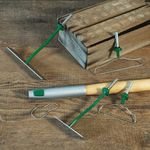
Johnny’s Chosen Seeds Connecta® Cultivation Equipment
High-quality Gardening receives a fee for gadgets bought by means of hyperlinks on this website, together with Amazon Associates and different affiliate promoting packages.
Select the best software head for the job and change out rapidly with a easy push-button launch. Contains the Connecta receiver, Connecta Collinear 4 head, Connecta Collinear 7 head, Connecta Contour Wire 4 head, Connecta Contour Wire 6 head, a sustainably harvested oiled ashwood deal with, and a stainless-steel carrying clip.

